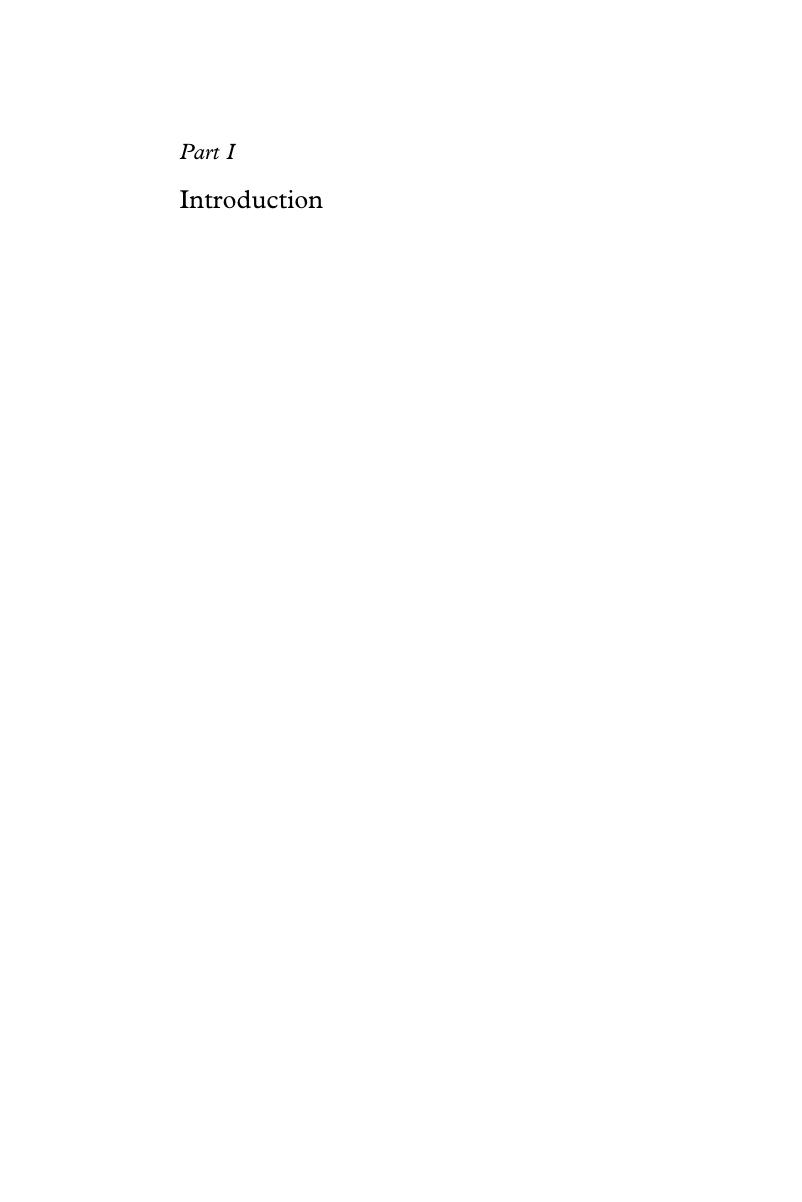Book contents
- The Global Coal Market
- The Global Coal Market
- Copyright page
- Contents
- Figures
- Tables
- Boxes
- Contributors
- Book part
- Part I Introduction
- Part II Case studies of key coal countries
- Part III Understanding the international coal trade
- Part IV The potential of technology to reconcile coal and climate
- Part V Conclusions and implications
- Part VI Detailed information on the coal value chain in China
- Index
- References
Part I - Introduction
Published online by Cambridge University Press: 05 August 2015
- The Global Coal Market
- The Global Coal Market
- Copyright page
- Contents
- Figures
- Tables
- Boxes
- Contributors
- Book part
- Part I Introduction
- Part II Case studies of key coal countries
- Part III Understanding the international coal trade
- Part IV The potential of technology to reconcile coal and climate
- Part V Conclusions and implications
- Part VI Detailed information on the coal value chain in China
- Index
- References
Summary

- Type
- Chapter
- Information
- The Global Coal MarketSupplying the Major Fuel for Emerging Economies, pp. 1 - 34Publisher: Cambridge University PressPrint publication year: 2015

